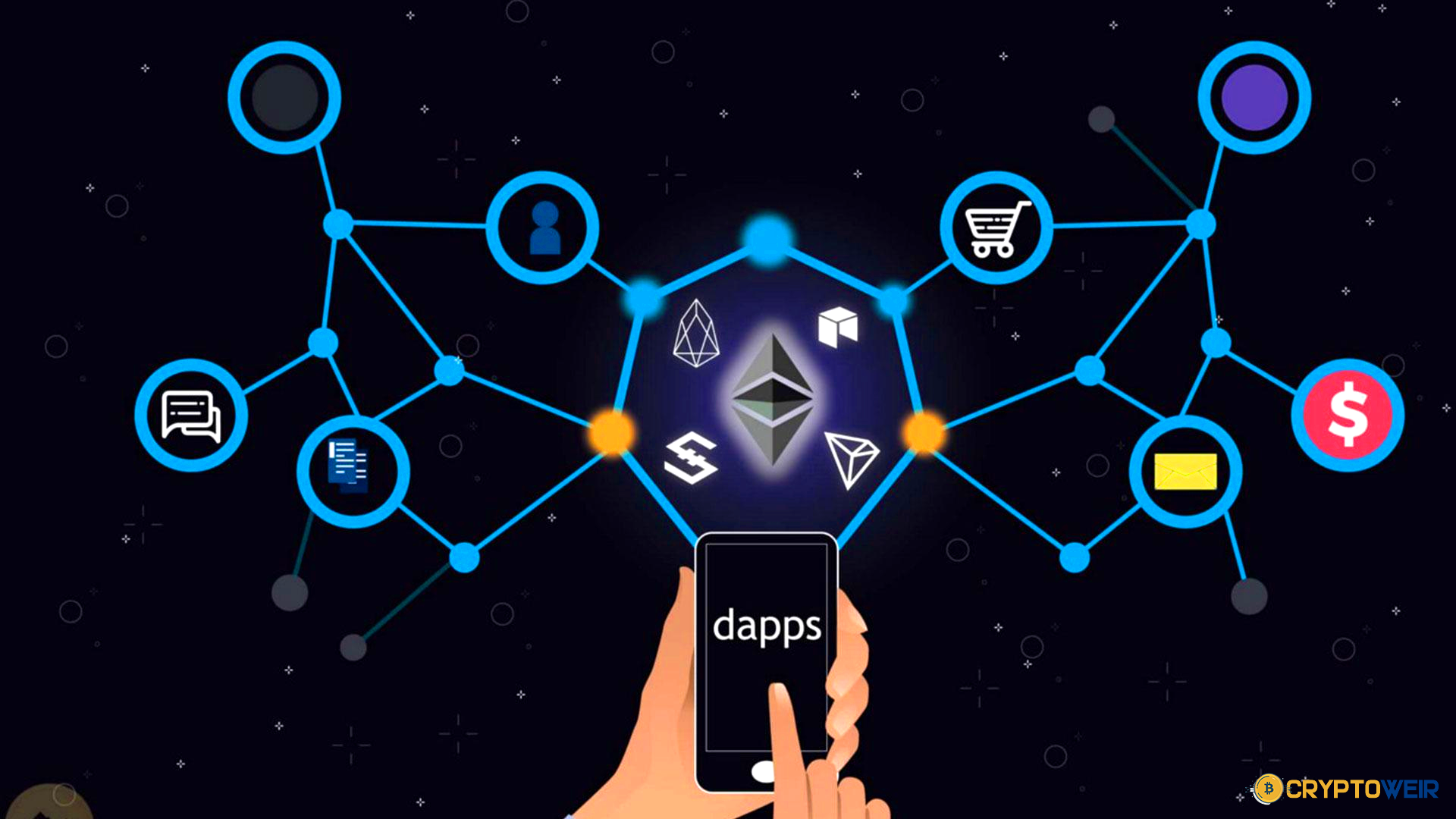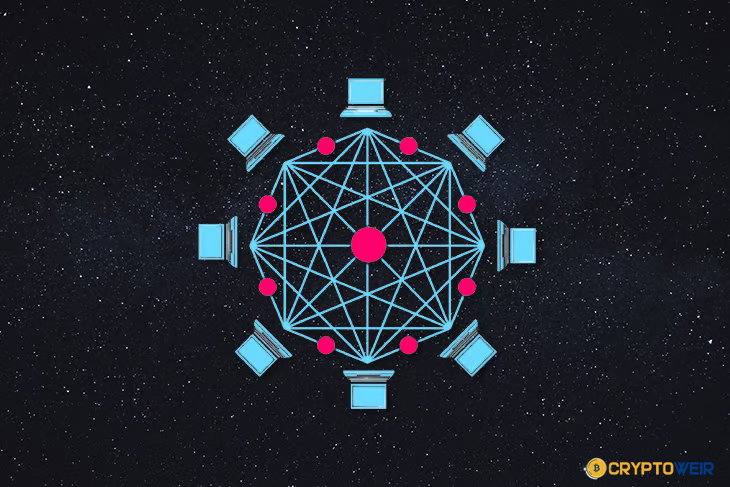Blockchain Technology Explained Complete Guide 2025
Blockchain Technology Explained revolutionizes digital transactions, data security, and decentralized systems.

Blockchain has emerged as one of the most groundbreaking innovations of the 21st century. This revolutionary technology, which first gained attention as the underlying framework for cryptocurrencies, has evolved far beyond its initial application to become a transformative force across numerous industries. From finance and healthcare to supply chain management and digital identity verification, blockchain is reshaping how we think about data security, transparency, and trust in the digital age.
The concept of blockchain technology might seem complex at first glance, but at its core, it represents a surprisingly elegant solution to a fundamental problem: how can we create a system where multiple parties can share and verify information without requiring a central authority? This question has puzzled technologists and business leaders for decades, and blockchain offers an answer that is both innovative and practical. As we navigate through this comprehensive guide, we’ll explore the intricacies of this technology, its real-world applications, and why it’s considered a game-changer for the future of digital transactions and data management.
The Fundamentals of Blockchain
Blockchain is essentially a distributed ledger technology that records transactions across multiple computers in a way that makes it virtually impossible to alter, hack, or cheat the system. Imagine a digital ledger that isn’t stored in one central location but is instead distributed across thousands of computers worldwide. Each time a new transaction occurs, it’s recorded as a “block” of data, and this block is then added to a chain of previous transactions—hence the name blockchain.
What makes this technology truly revolutionary is its fundamental architecture. Unlike traditional databases controlled by a single entity, a blockchain operates on a decentralized network where no single person or organization has complete control. Each participant in the network, often called a “node,” maintains a copy of the entire ledger. When a new transaction is proposed, it must be verified by a majority of these nodes before being added to the chain. This consensus mechanism ensures that the information recorded is accurate and agreed upon by the network participants.
The immutability of blockchain records is another crucial feature that sets it apart from conventional systems. Once a block is added to the chain and verified by the network, it becomes extremely difficult to alter. Any attempt to change historical data would require recalculating all subsequent blocks and gaining control of the majority of the network—a practically impossible feat in well-established blockchain networks. This characteristic makes blockchain an ideal solution for applications requiring high levels of security and transparency.
How Blockchain Technology Actually Works
To truly appreciate the power of blockchain, we need to understand its operational mechanics. The process begins when someone initiates a transaction. This could be anything from sending cryptocurrency to recording a property title transfer. The transaction is broadcast to all nodes in the network, where it awaits verification.
The verification process involves complex cryptographic algorithms that ensure the transaction is legitimate. Network participants, sometimes called miners in cryptocurrency contexts, compete to solve mathematical puzzles that validate groups of transactions. This process, known as proof of work in many blockchain systems, requires significant computational power and helps maintain network security by making fraudulent transactions economically unfeasible.
Once verified, the transaction is combined with other verified transactions to create a new block of data. This block contains a unique identifier called a hash, which is created using the information within the block. The new block also contains the hash of the previous block, creating an unbreakable chain linking all blocks together. This clever design means that changing any information in an old block would change its hash, which would then break the chain and alert the entire network to the tampering attempt.
The completed block is then distributed across the network, with each node updating its copy of the ledger. This synchronization happens automatically and ensures that everyone has access to the same, up-to-date information. The entire process typically takes just minutes, though the exact timing varies depending on the specific blockchain implementation and network congestion.
Real-World Applications Transforming Industries
The versatility of blockchain technology has led to its adoption across diverse sectors, each leveraging its unique properties to solve specific challenges. In the financial services industry, blockchain has moved beyond cryptocurrency to enable faster, cheaper, and more secure cross-border payments. Traditional international transfers can take days and involve multiple intermediaries, each taking a fee. Blockchain-based solutions can complete the same transfers in minutes with significantly reduced costs.
Healthcare organizations are exploring blockchain to create secure, interoperable patient records. Currently, medical records are often fragmented across different providers and systems, making it difficult for patients and doctors to access comprehensive health histories. A blockchain-based healthcare system could give patients control over their medical data while ensuring that authorized healthcare providers can access accurate, up-to-date information whenever needed. This application could save lives by providing emergency responders with critical medical information instantly.
Supply chain management represents another area where blockchain is making significant inroads. Companies are using the technology to track products from manufacture to delivery, ensuring authenticity and preventing counterfeiting. For example, luxury goods manufacturers can use blockchain to verify that a handbag or watch is genuine, while food companies can trace contaminated products back to their source within seconds rather than days. This level of transparency and traceability was simply impossible with traditional tracking systems.
The real estate industry is also being transformed by blockchain applications. Property transactions traditionally involve extensive paperwork, multiple intermediaries, and weeks or months to complete. Smart contracts—self-executing contracts with terms written directly into code—can automate much of this process, reducing costs and completion times while minimizing the risk of fraud. Several countries are already experimenting with blockchain-based land registries to create more efficient and transparent property ownership records.
The Different Types of Blockchain Networks
Not all blockchain implementations are created equal. Understanding the various types helps clarify how the technology can be adapted for different use cases. Public blockchains, like Bitcoin and Ethereum, are completely open and permissionless. Anyone can join these networks, participate in the consensus process, and view all transactions. This openness provides maximum transparency and decentralization but can raise privacy concerns for certain applications.
Private blockchains, in contrast, restrict access to authorized participants only. These networks are typically used by businesses and organizations that want the benefits of blockchain technology—immutability, transparency among participants, and distributed architecture—without exposing their data to the entire world. Private blockchains can process transactions faster than public ones because they don’t require the same level of computational work to achieve consensus among a smaller, trusted group of validators.
Consortium blockchains represent a middle ground, where a group of organizations jointly maintains the network. This model is popular in industries where multiple companies need to share information but don’t want to rely on a single competitor’s private blockchain. Banks, for instance, might form a consortium to handle interbank transfers more efficiently while maintaining a degree of control over the network.
There are also hybrid blockchains that combine elements of both public and private systems, allowing organizations to control which data is public and which remains private. This flexibility makes hybrid blockchains particularly attractive for enterprises that need to comply with privacy regulations while still leveraging blockchain’s transparency benefits.
Challenges and Limitations of Current Blockchain Systems
Despite its revolutionary potential, blockchain technology faces several significant challenges that must be addressed for widespread adoption. Scalability remains one of the most pressing issues. Popular public blockchains can process only a limited number of transactions per second—Bitcoin handles about seven, while Ethereum manages around fifteen. Compare this to traditional payment networks like Visa, which can process thousands of transactions per second, and the limitation becomes clear. Various solutions, including second-layer protocols and alternative consensus mechanisms, are being developed to address this bottleneck.
Energy consumption is another concern, particularly for blockchains using proof-of-work consensus mechanisms. The computational power required to mine new blocks consumes enormous amounts of electricity, raising environmental concerns. Some blockchain networks are transitioning to more energy-efficient consensus mechanisms like proof of stake, which requires validators to hold and “stake” cryptocurrency rather than solve complex mathematical problems.
Regulatory uncertainty poses challenges for blockchain adoption, especially in heavily regulated industries. Governments worldwide are still determining how to classify and regulate blockchain-based assets and applications. This uncertainty can deter businesses from investing heavily in blockchain solutions, as regulations could change in ways that impact their operations.
Interoperability between different blockchain networks is also limited. Currently, most blockchains operate in isolation, unable to communicate or share information with other blockchain systems. This fragmentation reduces the potential benefits of the technology and creates inefficiencies. However, projects focused on creating “bridges” between different blockchains are actively working to solve this problem.
The Future Landscape of Blockchain Technology
The evolution of blockchain continues at a rapid pace, with innovations emerging regularly that address current limitations and open new possibilities. One exciting development is the integration of artificial intelligence with blockchain systems. This combination could enable more sophisticated smart contracts that adapt based on real-world conditions and make blockchain networks more efficient by optimizing transaction processing and network management.
The concept of decentralized finance, or DeFi, is gaining momentum as a way to recreate traditional financial services without centralized intermediaries. DeFi platforms use smart contracts to provide lending, borrowing, trading, and investment services directly between users. While still in its early stages, DeFi has already locked billions of dollars in value and represents a potential reimagining of the entire financial system.
Central bank digital currencies (CBDCs) are another significant trend, with numerous countries exploring or piloting blockchain-based national currencies. These government-backed digital currencies could combine the benefits of blockchain technology with the stability and trust of traditional fiat money, potentially transforming how we think about money itself.
The Internet of Things (IoT) and blockchain are increasingly being viewed as complementary technologies. As billions of connected devices generate massive amounts of data, blockchain can provide a secure, transparent way to manage device identities, facilitate machine-to-machine transactions, and ensure data integrity. This convergence could enable new applications ranging from autonomous vehicle networks to smart cities where infrastructure components interact seamlessly and securely.
Blockchain’s Impact on Digital Identity and Privacy
One of the most promising applications of blockchain technology lies in digital identity management. Currently, our digital identities are fragmented across countless online services, each requiring separate usernames, passwords, and personal information. This fragmentation creates security vulnerabilities and privacy concerns while making identity theft a persistent threat. Blockchain offers an alternative approach: self-sovereign identity systems where individuals control their own digital identities without relying on centralized authorities.
In a blockchain-based identity system, users can create a verified digital identity once and then selectively share specific attributes with different services as needed. For example, you could prove you’re over 21 without revealing your exact birthdate, or verify your creditworthiness without exposing your entire financial history. This approach gives individuals unprecedented control over their personal information while still enabling the verification processes that businesses and institutions require.
The implications extend beyond personal convenience to fundamental human rights. For the estimated one billion people worldwide without official identification documents, blockchain-based identity systems could provide access to financial services, healthcare, education, and other essential services that require proof of identity. Several international organizations and governments are already piloting such systems in developing regions, potentially transforming lives by establishing secure, verifiable digital identities for those who lack traditional documentation.
Conclusion
Blockchain technology stands at the forefront of digital innovation, offering solutions to longstanding challenges in security, transparency, and trust. From its origins as the infrastructure supporting cryptocurrency to its current applications across finance, healthcare, supply chain management, and beyond, blockchain has proven its versatility and transformative potential. While challenges related to scalability, energy consumption, and regulatory frameworks remain, the rapid pace of innovation suggests these obstacles are not insurmountable.
As we move forward, blockchain is likely to become increasingly integrated into our daily lives, often working invisibly in the background to make our digital interactions more secure, efficient, and transparent. Whether through decentralized finance platforms, blockchain-based identity systems, or supply chain tracking applications, this technology is reshaping our digital landscape in profound ways. Understanding blockchain is no longer just for technologists and cryptocurrency enthusiasts—it’s becoming essential knowledge for anyone looking to navigate the future of business, technology, and digital society.
The journey of blockchain from a niche technology to a mainstream innovation is still unfolding. As more organizations experiment with blockchain solutions and overcome current limitations, we’re likely to see applications we can’t yet imagine. What’s certain is that blockchain represents a fundamental shift in how we approach digital trust, data management, and decentralized systems—a shift that will continue to influence technology and society for decades to come.
FAQs
Q: Is blockchain the same as Bitcoin?
No, blockchain and Bitcoin are not the same, though they’re closely related. Blockchain is the underlying technology—a distributed ledger system that records transactions across multiple computers. Bitcoin is a cryptocurrency that uses blockchain technology to enable secure, peer-to-peer digital transactions without intermediaries.
Q: Can blockchain be hacked?
While blockchain technology is extremely secure due to its decentralized nature and cryptographic protections, no system is completely unhackable. The blockchain itself is very difficult to compromise because altering records would require controlling the majority of the network’s computing power.
Q: How does blockchain ensure privacy if all transactions are transparent?
Blockchain balances transparency and privacy through pseudonymity and, in some cases, advanced cryptographic techniques. In public blockchains, transactions are visible to everyone, but they’re linked to cryptographic addresses rather than real-world identities.
Q: What are smart contracts and how do they work?
Smart contracts are self-executing programs stored on a blockchain that automatically enforce the terms of an agreement when predetermined conditions are met. They work by encoding contract terms as computer code that runs on the blockchain network.
Q: Do I need technical knowledge to use blockchain applications?
No, you don’t need technical knowledge to use most blockchain applications, just as you don’t need to understand internet protocols to browse websites. Many blockchain-based services are designed with user-friendly interfaces that hide the technical complexity.











